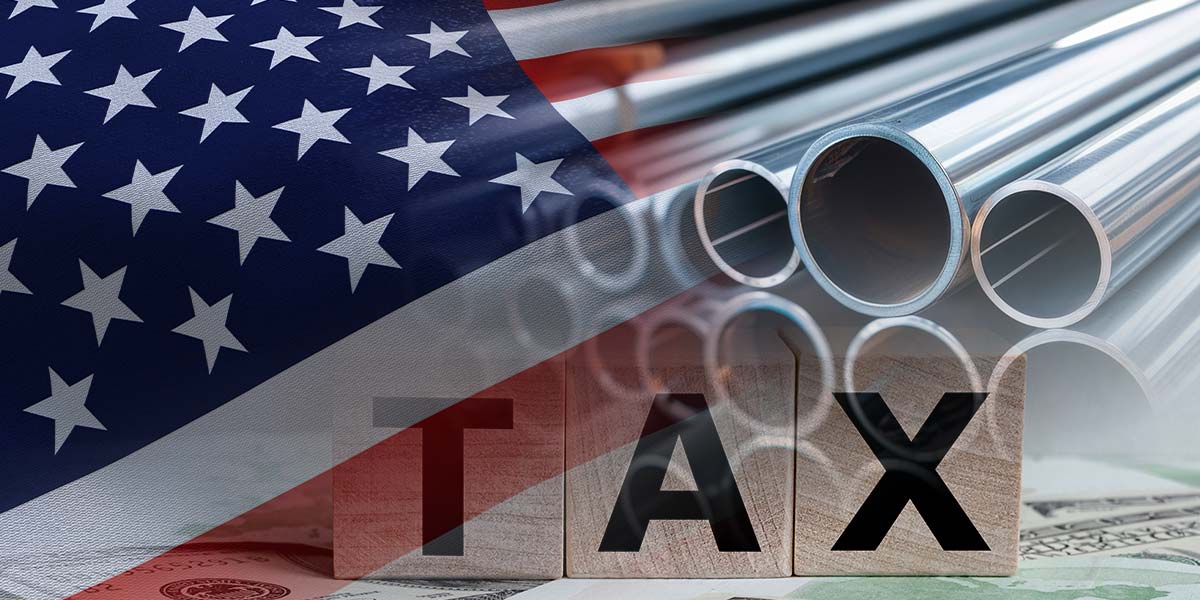On Wednesday, the Trump administration intensified the stakes in the ongoing global trade dispute by doubling tariffs on most steel and aluminum imports.
The new levy will take duties from 25% to 50%, following an executive order signed late Tuesday by President Donald Trump. The White House hopes the dramatic move will force allied nations to make last-minute trade concessions as a July deadline for additional tariffs looms.
White House economic adviser Kevin Hassett explained that, after initially implementing the 25% duties, further analysis showed additional support was necessary.
The sharp increase applies to almost all U.S. trading partners, with one key exception: the United Kingdom. As the only country to have secured a preliminary trade pact during a 90-day tariff truce, U.K. metal exports to the U.S. will remain at 25%—at least until July 9.
While Britain is not a top supplier, neighboring Canada and Mexico stand to be significantly affected, ranking first and third among steel exporters to America.
Disruption is particularly acute for Canada, the top foreign source of aluminum for the U.S.—exporting at volumes nearly double those of all other top exporters combined.
Canadian Prime Minister Mark Carney’s office said Ottawa is in “intensive and live negotiations” with Washington to remove the new and existing barriers.
Mexico’s Economy Minister Marcelo Ebrard described the tariffs as “unsustainable and unfair,” reiterating that Mexico imports more steel from the U.S. than it exports back. The country will request an exemption from the increased tariffs by the end of the week.
Following these developments, markets responded quickly, driving aluminum price premiums to more than twice their level since the start of the year. Given limited room to boost U.S. production, import volumes are expected to hold steady unless rising prices begin to dampen demand.
The tariff hike landed on the same day the U.S. Trade Representative put out a call for trading partners to submit their “best offers” in a new bid to secure exemptions from planned “Liberation Day” tariffs—broad levies set to take effect in five weeks without new deals.
The U.S. is demanding not just better offers on tariffs and quotas for industrial and agricultural goods, but also country-specific commitments in digital trade and economic security.
According to a letter circulated by the USTR, responses are expected “within days,” outlining possible outcomes when the tariff pause ends on July 8. White House spokesperson Karoline Leavitt described the recent communication as a friendly reminder of the looming deadline.
For many partners, a central concern is whether the baseline 10% tariffs will resume, or whether significantly higher rates are in store for certain categories.
Meanwhile, for a major trading partner like Japan, the country has not received the letter, but it confirmed ongoing talks with the U.S. as Government spokesman Yoshimasa Hayashi stressed the priority of the negotiations, pledging continued efforts until a resolution is reached.





